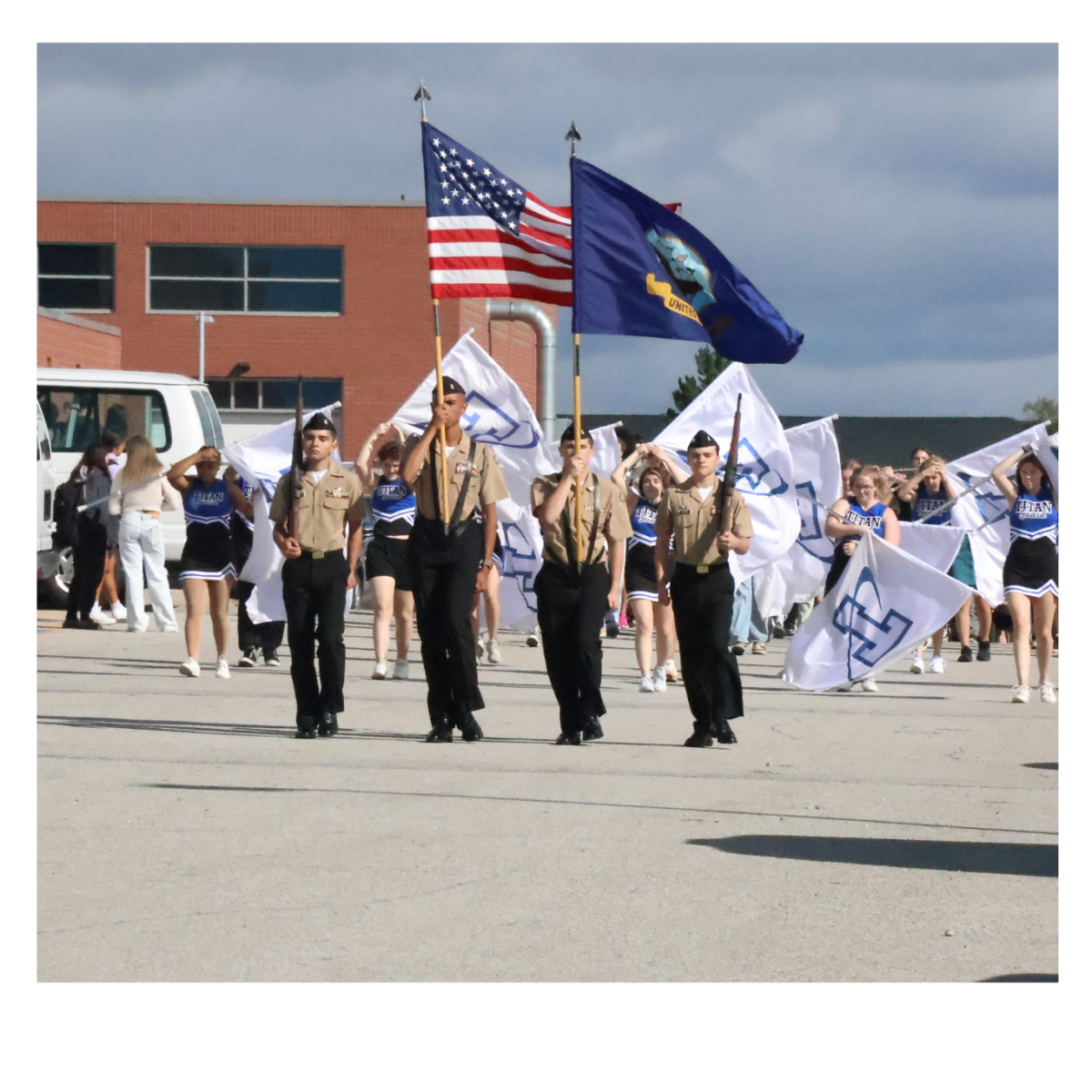The bell sounds, and the conglomerate of students pours out into the halls. The students trudge along, loitering and wandering aimlessly. Most students can make it to their next class quickly, but students who suffer from an impairment or disability might face unique difficulties, now that all the students are clogging the halls.
While the causes of problems such students face might be invisible to most, they are very real.
One of these students is Rebecca Brooks, a sophomore who experiences chronic migraines, as well as Postural Orthostatic Tachycardia Syndrome (P.O.T.S.). The migraines have a tendency to affect her vision, while P.O.T.S. has symptoms of fatigue, exhaustion, light-headedness, and fainting.
While navigating the hallways, there are a lot of things that make it difficult to travel easily. One thing in particular is the stairs.
“I suck at going up stairs,” Brooks said. “It’s really hard for me to walk up stairs. It’s not a legal disability, therefore I cannot get an elevator key from the school, so I have to use the stairs…. It’s hard because I go up stairs really slow, and people get annoyed at me.”
Accessibility issues and deficits are common among people with invisible disabilities in public spaces, and although Papillion-La Vista South provides resources to help with accessibility, some students said they have had to take initiative.
Riley Tuzzio is a senior with retinal dystrophy, which affects his ability to see.
“With my disability, I have to be very self-advocating for myself,” Tuzzio said.
For other students, this sort of self-advocacy can be difficult. Especially in bustling hallways. Leia Baxter, a senior with Autism and selective mutism, feels unable to speak to others.
“Autism affects me in the halls by worsening my selective mutism and making me uncomfortable when I have to break my strict routine,” Baxter responded in a written interview. “When I have trouble finding a class that is more secluded than others, I have to ask somebody for directions. However, the hallways make me more anxious to speak than usual, because of how many people flood them.”
For Brooks, the hallway crowding presents a different obstacle; P.O.T.S. affects balance and can make it harder to avoid collisions with other students.
“When people walk on both sides of the hallway, it’s really hard to get in between them, or go to my locker, because it’s on the side where people walk towards you,” Brooks said. “… So it’s kind of hard stopping at my locker to get my lunch and stuff.”
In regards to what other students could do in response to these disabilities, the answers varied, but Brooks said a little understanding could go a long way.
“Getting out of the way, or just going around whenever I walk slow in the hallways, or whatnot,” Brooks suggested. “Or going around on the stairs, or not pushing me on the stairs…. It’s more of just common courtesy stuff that people just kind of forget.”


![Pictured above is a structure that displays the names of Nebraska Vietnam veterans in order to “honor [their] courage, sacrifice and devotion to duty and country.”](https://plsouthsidescroll.com/wp-content/uploads/2025/10/Trey_092625_0014-e1760030641144-1200x490.jpg)


































